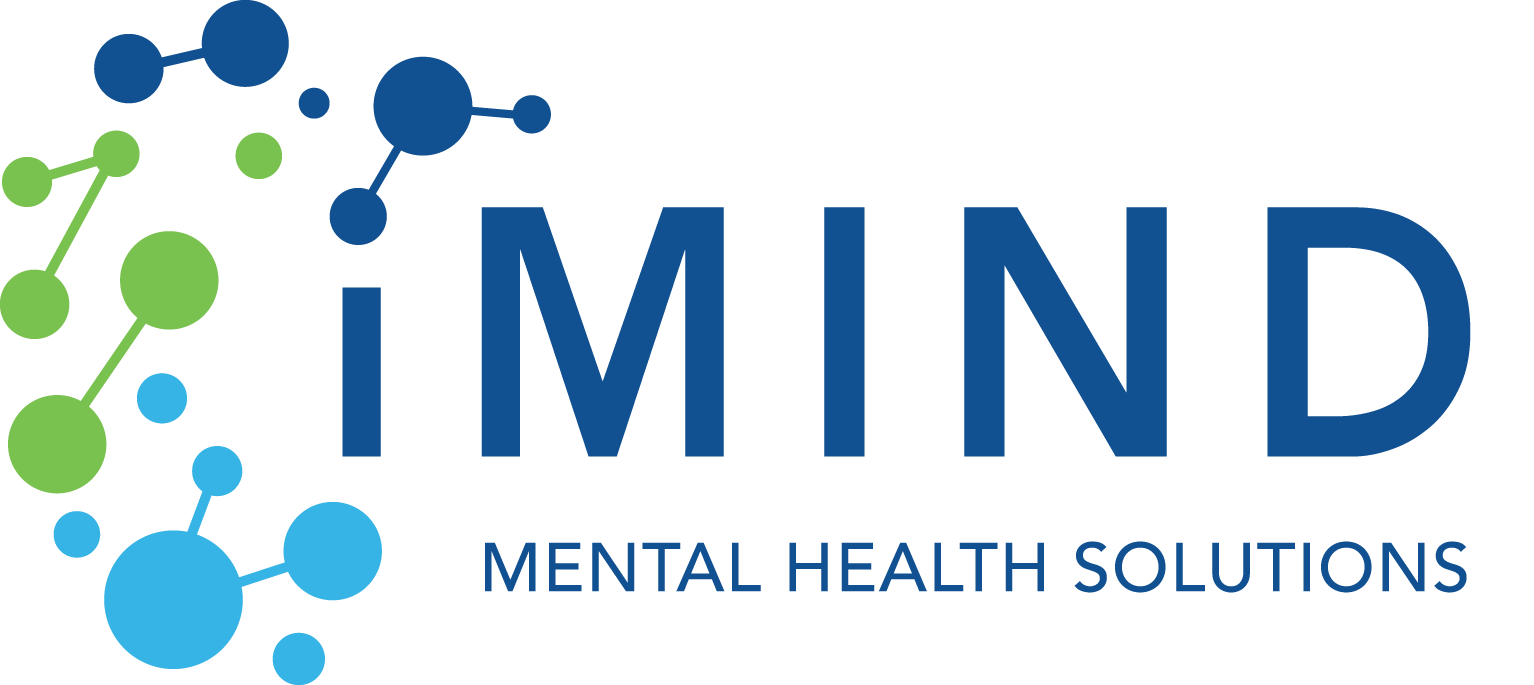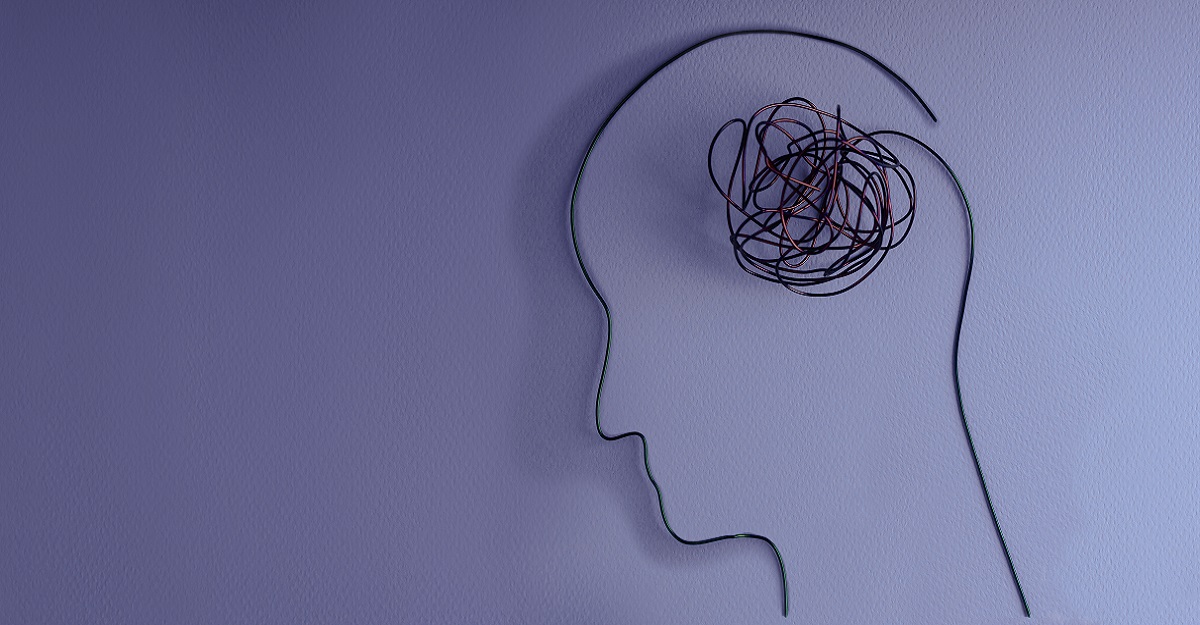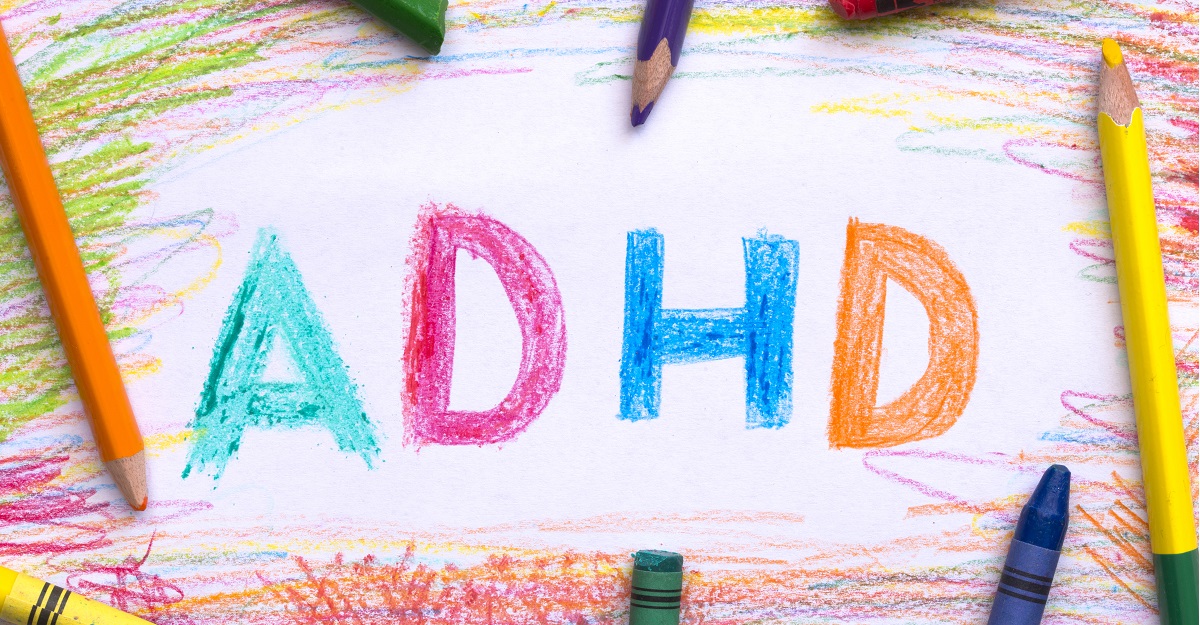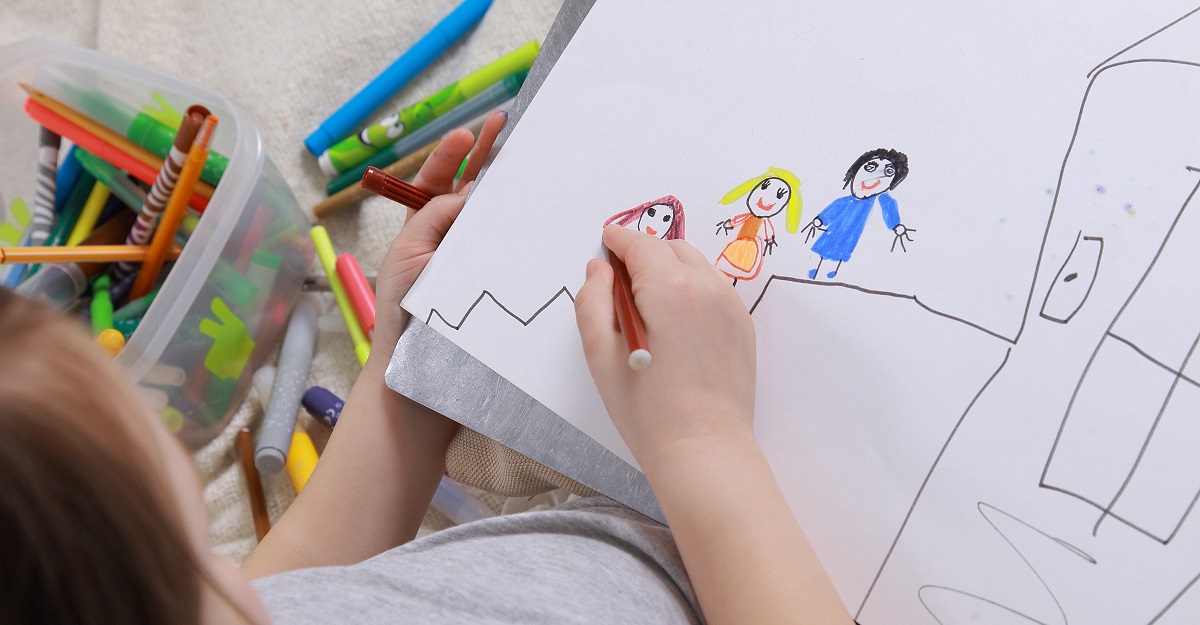Autism Spectrum Disorder Treatment
Do you suspect that you or someone you love has autism spectrum disorder? iMind provides ASD testing as well as therapy, psychiatry, neurofeedback, and other neuropsychiatric treatments.

What is Autism?
Autism, also known as Autism Spectrum Disorder (ASD), is a brain development condition that can make it hard for people to communicate or interact socially. They may also display limited-but-intense interests and repetitive behaviors. The word “spectrum” in ASD means that autism can be very different from one person to another, with some having mild challenges and others, more severe ones. There are also subtypes of autism. including Asperger’s syndrome, pervasive developmental disorder, childhood disintegrative disorder, Kanner’s syndrome and Rett syndrome. Autism Spectrum Disorder is now commonly referred to as neurodivergent by those in the clinical word.
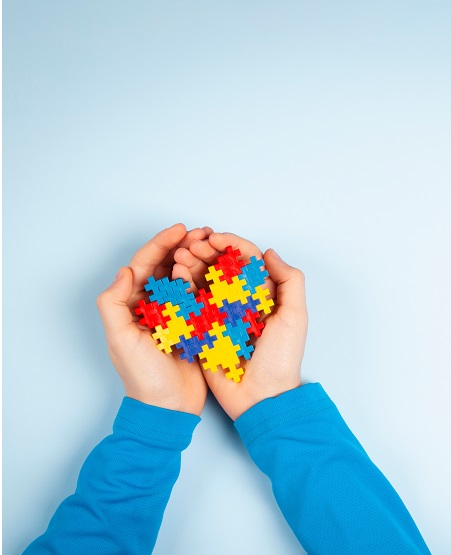
Neurodiversity: What is it?
Australian sociologist Judy Singer coined the term “neurodiversity” in 1998. Her definition of neurodiversity encompasses the variation in the human brain regarding sociability, learning, attention, mood, and other mental functions. Singer’s perspective of neurodiversity also represents a social movement advocating for the rights and recognition of neurological minorities, including those within the autism rights movement.
This approach frames neurological differences not as deficits, but as part of the diverse spectrum of human brains.
In her work, Singer drew an analogy between biodiversity and neurodiversity, suggesting that just as biodiversity is essential for ecosystem stability, neurodiversity may be essential for cultural stability. This comparison underlines the importance of accepting and understanding the varied ways in which human brains function, recognizing them as natural and valuable variations rather than abnormalities to be corrected.
Today, we use the term neurodivergent primarily in reference to autism, but it can and does often include other non-typical patterns of brain function, such as ADHD, OCD, dyspraxia, dyslexia, dyscalculia, or Tourette’s.
How Do I Know if My Child Has Autism?
The symptoms of autism in children can also vary a lot, but here are some common early signs.

Social Challenges
People with autism often have hard time connecting with others socially. They might not pick up on social cues like body language or tone of voice, and they may not like making eye contact. Making friends or understanding other people’s feelings can be tough for them.
Common early signs include:
- Not answering to their name at 12 months old
- Prefers solitary play or does not enjoy playing with other children
- Difficulty talking about their feelings or trouble understanding other people’s feelings

Communication Difficulties
For those with autism, talking and having conversations can be difficult. Some might not talk much or at all, while others might keep talking about one topic. Understanding jokes, sarcasm, or indirect language can be challenging too.
Common early signs include:
- Delayed language skills or speech, or not speaking at all
- Repeating the same words or phrases over and over (echolalia)
- Difficulty starting a conversation or keeping it going

Repetitive Behaviors
They might repeat actions like rocking, spinning, or hand-flapping, or they might like to follow strict routines and get upset if these routines are changed.
Common early signs include:
- Repeating certain behaviors or having unusual behaviors like flapping their hands, rocking their body, or spinning
- Being very focused on certain routines or rituals and getting upset by small changes

Intense Interests and Activities
They often have very strong interests in certain topics or activities and can be very knowledgeable about them.
Common early signs include:
- Having very intense interest in certain topics or activities
- Playing with toys in unusual ways, such as lining them up instead of playing with them

Sensory Sensitivities
They might be very sensitive to lights, sounds, textures, or tastes, which can be overwhelming or uncomfortable for them.
Common early signs include:
- Being overly sensitive to sensory experiences, such as light, sound, touch, or taste.
- Either being very active or not very active at all

Other Signs
There are other signs that your child could have autism, including:
- Not smiling when they are smiled at
- Being less talkative than other children
- Not doing as much “pretend play” as other children
Autism and the Brain
While is no singular difference in brain structure occurring in all individuals with autism, research points to trends among subsets of ASD as well as overarching similarities. The strongest links have been to areas of the brain which:
- Form and store memories: A larger hippocampus in children and adolescents has been observed in clinical research.
- Control movement, social interaction, and cognition: Studies have shown less brain tissue in the cerebellum among those with autism.
- Are responsible for higher-level processing: Research suggests that the cortex – responsible for executive functions including flexible thinking, emotional control, and planning, among others – differs in thickness among those with autism versus those without.
- Connect parts of the brain: Reduced and altered patterns of white matter have been found in children and adolescents with autism. Also, reduced white matter in the corpus callosum, which connects the brain’s two hemispheres, has been associated with an increased chance of having autism.
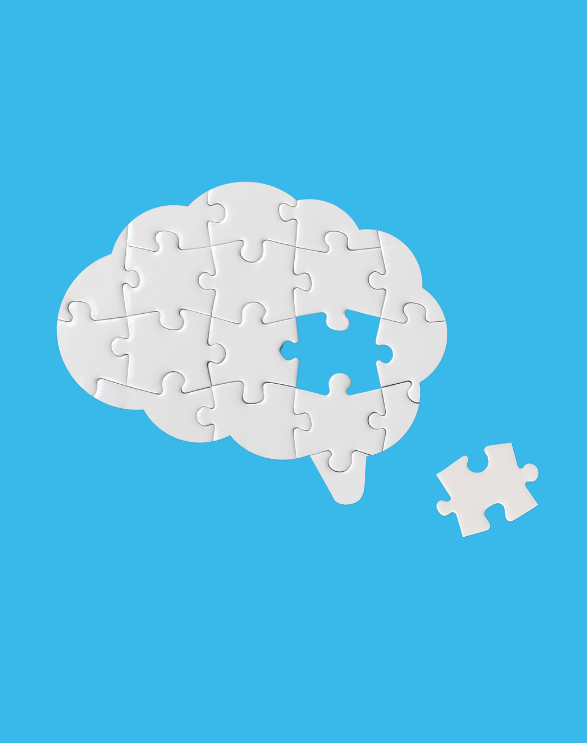
How Many People Have Autism Spectrum Disorder?
The most recent statistics on the prevalence of autism, according to the Centers for Disease Control and Prevention (CDC), indicate that in the United States, 1 in 36 children are identified with Autism Spectrum Disorder (ASD). This data reflects a notable increase from previous years. For instance, in 2021, the prevalence was reported as 1 in 44 children. The 2023 estimate, which is based on data collected in 2020, represents a roughly 317% increase in prevalence compared to estimates from the year 2000.
These statistics reflect the growing recognition and diagnosis of autism in recent years. It’s important to note that these increases may be influenced by improved awareness and diagnostic criteria, as well as other factors. Understanding the prevalence of autism is crucial for ensuring appropriate resources, support, and interventions are available for those affected by ASD.
Autism and Gender
In the U.S., approximately four in 100 boys and one in 100 girls are diagnosed with autism. This indicates that boys are nearly four times more likely to be diagnosed with autism than girls.

How Autism is Diagnosed
There can be up to three stages to autism diagnosis. It starts with monitoring by a physician and ends with a definitive test, called the Autism Diagnostic Observation Schedule (ASOD-2).

Developmental Monitoring
This is an ongoing process where caregivers and healthcare providers observe a child’s growth and development. They observe whether a child is meeting important developmental milestones in learning, speaking, playing, and movement. Programs like the CDC’s Learn the Signs. Act Early offer resources to help in monitoring development.

Developmental Screening
This involves a more formal evaluation than developmental monitoring. Regular well-child visits might include developmental screenings at specific ages (nine, 18, and 30 months) to assess
various skills and behaviors.
For autism specifically, screenings are recommended at 18 and 24 months. These screenings use questionnaires and checklists to compare a child’s development with that of their peers. If risk factors for ASD are present, such as a family history of autism, additional screenings may be recommended.
The Autism Test: Developmental Diagnosis
If a screening tool raises concerns, a more in-depth evaluation by a trained specialist, such as a developmental pediatrician or child psychologist, may be required. This evaluation involves structured tests, observations, and parent questionnaires to assess the child’s strengths and challenges. The specialist will determine if the child meets the criteria for a developmental diagnosis, including ASD. This diagnosis now encompasses conditions previously diagnosed separately, such as Asperger syndrome and others.

Hope for Autism
If you suspect that you or someone you care about may be on the autism spectrum, seeking a diagnosis can be a positive and empowering step. A formal diagnosis opens the door to a wealth of resources, tailored interventions, and community support that can significantly enhance quality of life.
Early intervention, especially in children, can lead to remarkable progress and help individuals with autism to unlock their full potential. Remember, a diagnosis of autism is not a limitation but a pathway to understanding. It brings clarity, enables access to specialized support, and fosters an environment where unique abilities can be nurtured and celebrated.
In the journey of autism, you are not alone. There’s a supportive community and a host of professionals dedicated to helping individuals with autism lead fulfilling, productive lives. Embrace the journey with hope and confidence, knowing that with the right support and understanding, the possibilities are limitless.

- ASHA Staff. (2023, March 10). Autism rate increases to 1 in 36 of U.S. children. ASHA Wire.
- Askham, A. (2020, October 15). Brain structure changes in autism, explained. Spectrum | Autism Research News
- An Interview with Neurodiversity Originator Judy Singer | Psychology Today United Kingdom. (n.d.). psychologytoday.com.
- Autism Speaks. (2021). Autism Statistics and Facts. Autism Speaks; Autism Speaks Inc. https://www.autismspeaks.org/autism-statistics-asd
- CDC Newsroom. (2016, January 1). CDC.
- Centers for Disease Control and Prevention. (2015). Screening and Diagnosis of Autism Spectrum Disorder. Centers for Disease Control and Prevention; Centers for Disease Control and Prevention.
- What Is Neurodiversity? (n.d.). Verywell Mind. Psychoneuroendocrinology. Retrieved October 17, 2021, from Pubmed.ncbi.hlm.nih.gov
Mental Health Resources
-
Can You Use FMLA for Mental Health?
Yes, under the FMLA, eligible employees can take up to 12 weeks of unpaid leave per year to address qualifying family-related or health issues – including mental health ones – without the fear of losing their jobs. Here are the general eligibility criteria for both employees and employers…
-
What is the Hardest Mental Illness to Have?
Mental health is a complex part of our wellbeing, deeply personal and uniquely challenging for each one of us. When it comes to mental illnesses, there is no one-size-fits-all. Each condition brings its own set of obstacles and experiences. When we ask, “What is the hardest mental illness to have?” the answer is far from…
-
Does My Child Have ADHD?
Attention-Deficit/Hyperactivity Disorder (ADHD) is a neurodevelopmental disorder commonly recognized in childhood. ADHD manifests through pronounced symptoms of distractibility, impulsiveness, and, in many cases, excessive activity that is beyond the expected behavior for a person’s age and development.
-
Can You Use FMLA for Mental Health?
Yes, under the FMLA, eligible employees can take up to 12 weeks of unpaid leave per year to address qualifying family-related or health issues – including mental health ones – without the fear of losing their jobs. Here are the general eligibility criteria for both employees and employers…
-
What is the Hardest Mental Illness to Have?
Mental health is a complex part of our wellbeing, deeply personal and uniquely challenging for each one of us. When it comes to mental illnesses, there is no one-size-fits-all. Each condition brings its own set of obstacles and experiences. When we ask, “What is the hardest mental illness to have?” the answer is far from…
-
Does My Child Have ADHD?
Attention-Deficit/Hyperactivity Disorder (ADHD) is a neurodevelopmental disorder commonly recognized in childhood. ADHD manifests through pronounced symptoms of distractibility, impulsiveness, and, in many cases, excessive activity that is beyond the expected behavior for a person’s age and development.
Latest News
-
Top 10 Questions About Art Therapy for Mental Health
Art therapy has recently gained recognition for its unique blend of healing therapy and personal expression. Despite its growing popularity, there seems to be some misunderstanding about what art therapy entails, who it can benefit, and how it differs from other forms of therapy.
-
ADHD Strengths: The Positive Side of Attention Deficit Hyperactivity Disorder
Scattered minds, fidgety bodies, and difficulty focusing. Attention Deficit Hyperactivity Disorder (ADHD) often gets painted in shades of struggle. But what if there’s a brighter side to the story? What if, beneath the challenges of ADHD, lie unique strengths just waiting to be unlocked?
We accept most major insurances and private pay options are available









If you do not see your insurance carrier above, please contact us to verify your benefits
